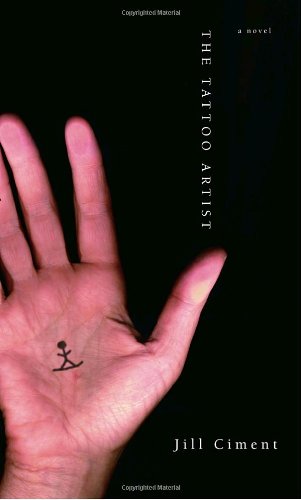The Tattoo Artist
Young Sara Ehrenreich is in love in New York City. She is Jewish and bohemian, artist and anarchist, and completely in thrall to her lover, Philip, a far less talented avant-garde artist turned art dealer who loses everything in the Depression. When Philip finds a sponsor for a trip to the South Seas to collect tribal masks to sell as primitive art, it looks like the answer to their financial problems and the adventure of a lifetime.
The trip does not go exactly as planned. Cultural clashes and inopportune tragedy turn the Ta’un’uuans against Sara and Philip. The islanders decide that if these intruders want their art so much, they will give it to them— Sara and Philip are forcibly tattooed with the facial marks the islanders consider to be art form, mark of character and personal narrative. This is the first of many shocking developments, closely followed by the second: they are abandoned on their little island and must make a life for themselves in this foreign culture, surrounded by primitives who despise them.
Sara’s need to create sustains her. She finds a niche in the tribe by taking up the bone needle and learning to tattoo, working on her own skin and on the tribe. She tells her story as an old woman, returned to New York after thirty years, explaining the marks on her body and the dramatic events that inspired them. As the Ta’un’uuans intended, Sara’s tattoos illustrate her character. From disfigurement to human tapestry, Sara undergoes a remarkable, harrowing evolution.
It’s not very often that a novel literally takes your breath away. The Tattoo Artist leaves its own mark, creating a picture of invention and endurance.










